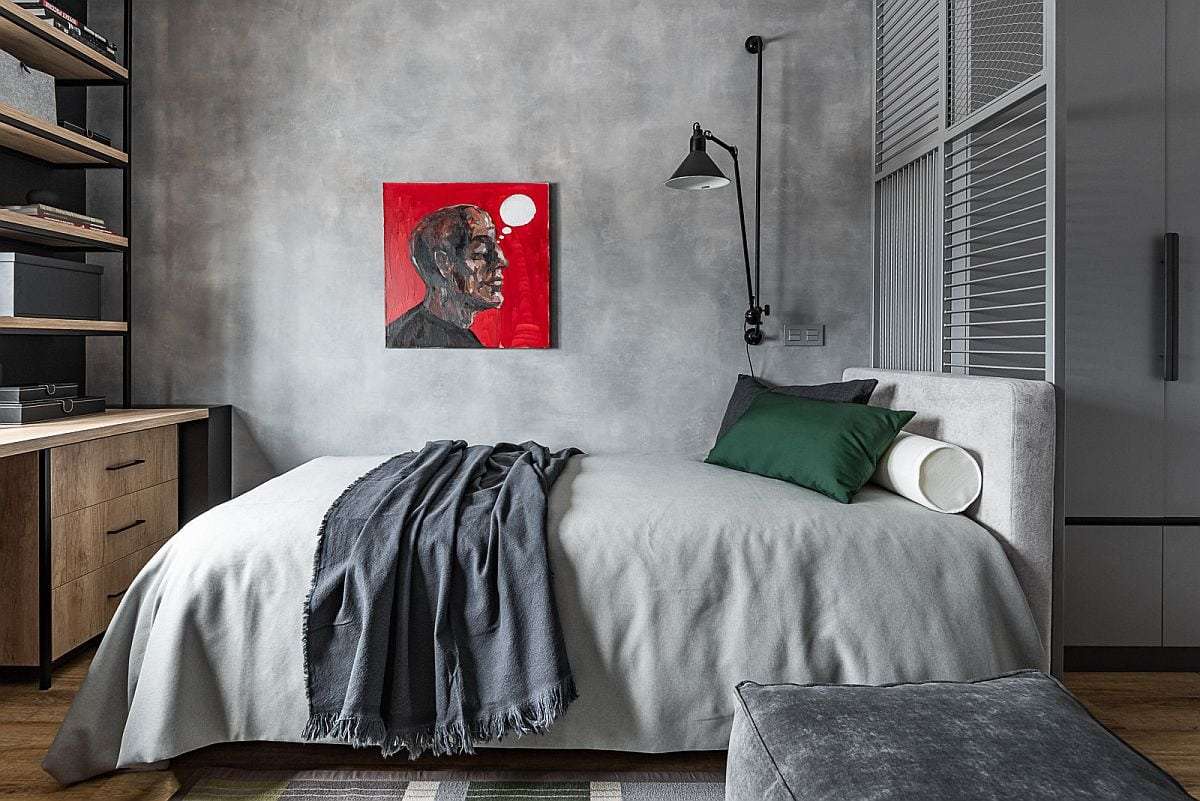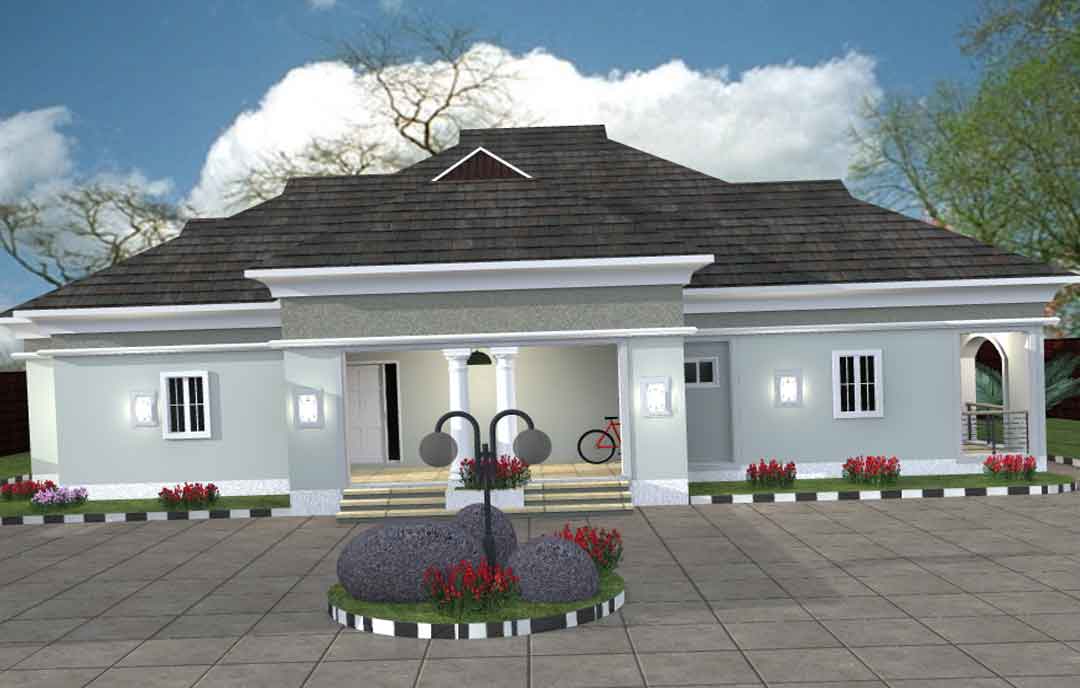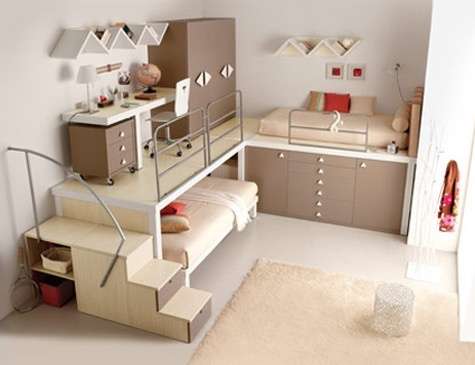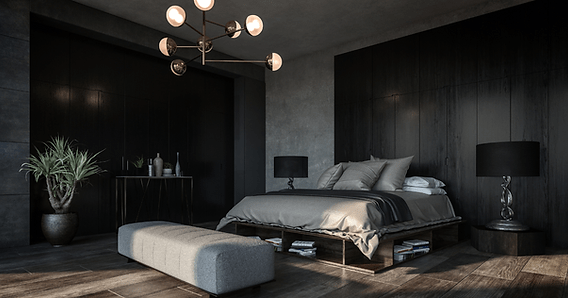Maximizing space in a small bedroom requires ingenuity and thoughtful planning, especially when it comes to storage. Choosing the right bedroom cabinet designs for small spaces can transform a cluttered room into a serene and organized sanctuary. From innovative built-in options to cleverly repurposed furniture, the possibilities are vast and exciting. Selecting the perfect bedroom cabinet designs for small spaces not only provides ample storage but also enhances the overall aesthetic of the room; Therefore, a strategic approach is key to creating a functional and visually appealing environment.
Optimizing Vertical Space
When floor space is limited, thinking vertically is essential. High cabinets and shelves utilize the often-underutilized space above eye level, providing substantial storage without encroaching on valuable floor area.
- Floor-to-ceiling cabinets: These maximize vertical space and can be customized to fit specific storage needs.
- Wall-mounted shelves: A great option for displaying decorative items or storing books and smaller belongings.
- Over-the-door organizers: Ideal for storing shoes, accessories, or toiletries, freeing up cabinet space.
Clever Built-in Solutions
Built-in cabinets offer a seamless and space-saving solution. They can be integrated into walls or even incorporated into the bed frame for ultimate efficiency.
Hidden Storage in Platform Beds
Platform beds with built-in drawers or lift-up storage compartments are a fantastic way to maximize space in a small bedroom. These provide easy access to stored items while maintaining a clean and uncluttered look.
Niche Cabinets
Utilizing existing niches or creating new ones in walls allows for the installation of recessed cabinets, minimizing protrusion and maximizing usable space.
Repurposing and Adapting Existing Furniture
Sometimes, the best storage solutions are found in unexpected places. Repurposing existing furniture or adapting it for storage can be a cost-effective and creative way to maximize space.
- Transforming a dresser into a nightstand: A small dresser can serve as both a nightstand and provide valuable drawer space.
- Adding shelves to an existing closet: Maximize the storage potential of your closet by adding shelves or organizers.
Choosing the Right Style and Materials
The style and materials of your cabinets should complement the overall aesthetic of your bedroom. Light-colored cabinets can make a small room feel more spacious, while mirrored doors create the illusion of more space.
Ultimately, designing effective storage in a small bedroom requires careful consideration and creative problem-solving. The key is to prioritize functionality, maximize vertical space, and choose pieces that complement the room’s overall design. Therefore, when considering bedroom cabinet designs for small spaces, focus on versatility and space-saving features to create a comfortable and organized haven.
PRIORITIZING FUNCTIONALITY OVER SIZE
It’s tempting to cram as much storage as possible into a small room, but prioritizing functionality is crucial. Consider what you *actually* need to store and select cabinets that cater to those specific needs. Don’t waste precious space on oversized units if smaller, more efficient options will suffice. Think about the frequency with which you access certain items. Things you use daily should be easily accessible, while less frequently used items can be stored higher up or in less convenient locations.
DECLUTTER BEFORE YOU DESIGN
Before even considering cabinet designs, take the time to declutter your bedroom. Getting rid of unnecessary items will significantly reduce the amount of storage space you actually require. This process allows you to be more intentional with your storage solutions and avoid investing in cabinets that will simply become filled with clutter. Be honest with yourself about what you truly need and what you can let go of.
COLOR AND LIGHT CONSIDERATIONS
The color and finish of your bedroom cabinets can significantly impact the perceived size of the room. Opt for lighter colors, such as white, cream, or pastel shades, to reflect light and create a more open and airy feel. Avoid dark or overly bold colors, as they can make the room feel smaller and more cramped. Consider using mirrored doors on your cabinets to further enhance the sense of space.
EMBRACE MULTIFUNCTIONAL FURNITURE
In a small bedroom, every piece of furniture should ideally serve multiple purposes. Consider investing in a storage ottoman that can be used as a seat and a place to store blankets or pillows. A headboard with built-in shelves can eliminate the need for nightstands, freeing up valuable floor space. Look for pieces that offer hidden storage compartments or can be easily transformed to meet your changing needs.
DIY SOLUTIONS AND CUSTOMIZATION
Don’t be afraid to explore DIY solutions or customize existing cabinets to better suit your needs. A fresh coat of paint, new hardware, or the addition of shelves or organizers can transform a basic cabinet into a highly functional and stylish storage solution. Consider building your own custom shelves or cabinets to perfectly fit your space and storage requirements. There are numerous online tutorials and resources available to guide you through the process.
Remember that thoughtful planning and a willingness to get creative are essential when designing bedroom cabinet designs for small spaces. By prioritizing functionality, maximizing vertical space, and embracing multifunctional furniture, you can create a stylish and organized bedroom that feels spacious and inviting. The goal is to optimize your space without sacrificing aesthetics.
KEEP IT MINIMALIST
Overcrowding is the enemy of small spaces. Even with the most ingenious cabinet designs, too much stuff will make a room feel cramped and chaotic. Embrace a minimalist approach by carefully curating your belongings and only keeping what you truly need and love. Regularly declutter and donate or discard items that no longer serve a purpose. A minimalist aesthetic extends beyond just your belongings; it also applies to the design of your cabinets. Choose clean lines, simple hardware, and avoid overly ornate details. This will help to create a sense of calm and order in your bedroom.
PLAN YOUR LAYOUT CAREFULLY
Before you start buying or building cabinets, take the time to carefully plan the layout of your bedroom. Consider the flow of traffic, the placement of windows and doors, and the location of electrical outlets. Create a floor plan and experiment with different cabinet configurations to find the most efficient and visually appealing arrangement. Make sure that your cabinets don’t obstruct doorways or windows, and that you have enough space to comfortably move around the room. Pay attention to the scale of your furniture and choose pieces that are appropriately sized for your space. Avoid oversized cabinets that will overwhelm the room.
CONSIDER SLIDING DOORS
In tight spaces, traditional cabinet doors that swing outward can be problematic. They can take up valuable floor space and make it difficult to access items inside the cabinet. Consider using sliding doors instead. Sliding doors glide along a track and don’t require any extra space to open, making them an ideal solution for small bedrooms. They can also create a sleek and modern look. There are various types of sliding doors available, including bypass doors, which slide past each other, and pocket doors, which disappear into the wall. Choose the type that best suits your needs and the layout of your room.
DON’T FORGET ABOUT LIGHTING
Proper lighting is essential in any room, but it’s especially important in small spaces. Good lighting can make a room feel larger and more inviting. Consider incorporating lighting into your cabinet designs. Install LED strip lights inside cabinets to illuminate shelves and make it easier to find items. Add recessed lighting above cabinets to highlight their design and create a soft, ambient glow. Use lamps to provide task lighting for reading or other activities. Natural light is also crucial. Keep windows clean and unobstructed to maximize the amount of natural light that enters the room.
THINK OUTSIDE THE BOX
Don’t limit yourself to traditional cabinet designs. Be open to exploring unconventional storage solutions. Consider using baskets, bins, or decorative boxes to store items on shelves. Hang hooks on walls or the back of doors to store accessories or clothing. Use a rolling cart to create a mobile storage unit that can be easily moved around the room. Get creative and think outside the box to find unique and innovative storage solutions that suit your personal style and needs.







